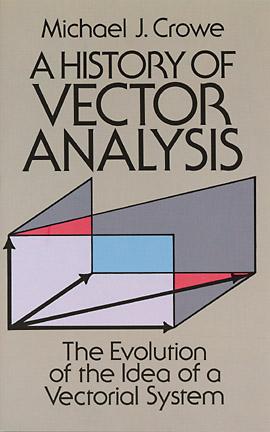What do you think?
Rate this book


270 pages, Paperback
First published January 1, 1967
But the strongest use of the symbol i is to be found in its magical power of doubling the actual universe, and placing by its side an ideal universe, its exact counterpart, with which it can be compared and contrasted, and, by means of curiously connecting fibres, form with it an organic whole, from which modern analysis has developed her surpassing geometry.I'm curious to hear from people who know more about Pynchon and can say whether this has been discussed earlier.